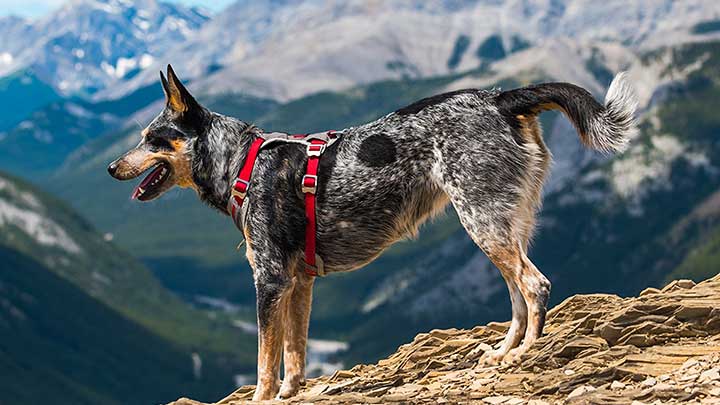Harnesses for Dogs: Tips on Choosing a Comfortable Model for Your Furry Pal
If you have a puppy or if your dog is a smaller breed, a collar can pull too forcefully during walks. Also, if your dog has neck problems, a collar isn't the best option. Harnesses for dogs fasten around the pet body and have a leash loop near the shoulders, which take the pressure off the dog's neck.
There are tons of harnesses for dogs available ranging from styles and sizes. This means that finding the best harness for your pet can be a little challenging. Start by focusing on these qualities and you will be on the right path for the perfect harness.
Front-clip harnesses allow you more control over your dog's behaviour but they can tangle underneath your dog's front legs. Back-clip harnesses protect the dog's neck, are very comfortable and easy to put on but they offer limited control over the dog's trajectory. Both types are popular for training purposes as you need to be gentler on your dog's neck when guiding him. Ask your veterinarian to recommend you the best fit for your dog.
There are tons of harnesses for dogs available ranging from styles and sizes. This means that finding the best harness for your pet can be a little challenging. Start by focusing on these qualities and you will be on the right path for the perfect harness.
How the Harness Connects
One great way to narrow down your choices is by deciding where you want to connect the leash to the harness. There are two types of connection: front clip and back clip. Which one to choose depends on your dog.Front-clip harnesses allow you more control over your dog's behaviour but they can tangle underneath your dog's front legs. Back-clip harnesses protect the dog's neck, are very comfortable and easy to put on but they offer limited control over the dog's trajectory. Both types are popular for training purposes as you need to be gentler on your dog's neck when guiding him. Ask your veterinarian to recommend you the best fit for your dog.



Comments
Post a Comment